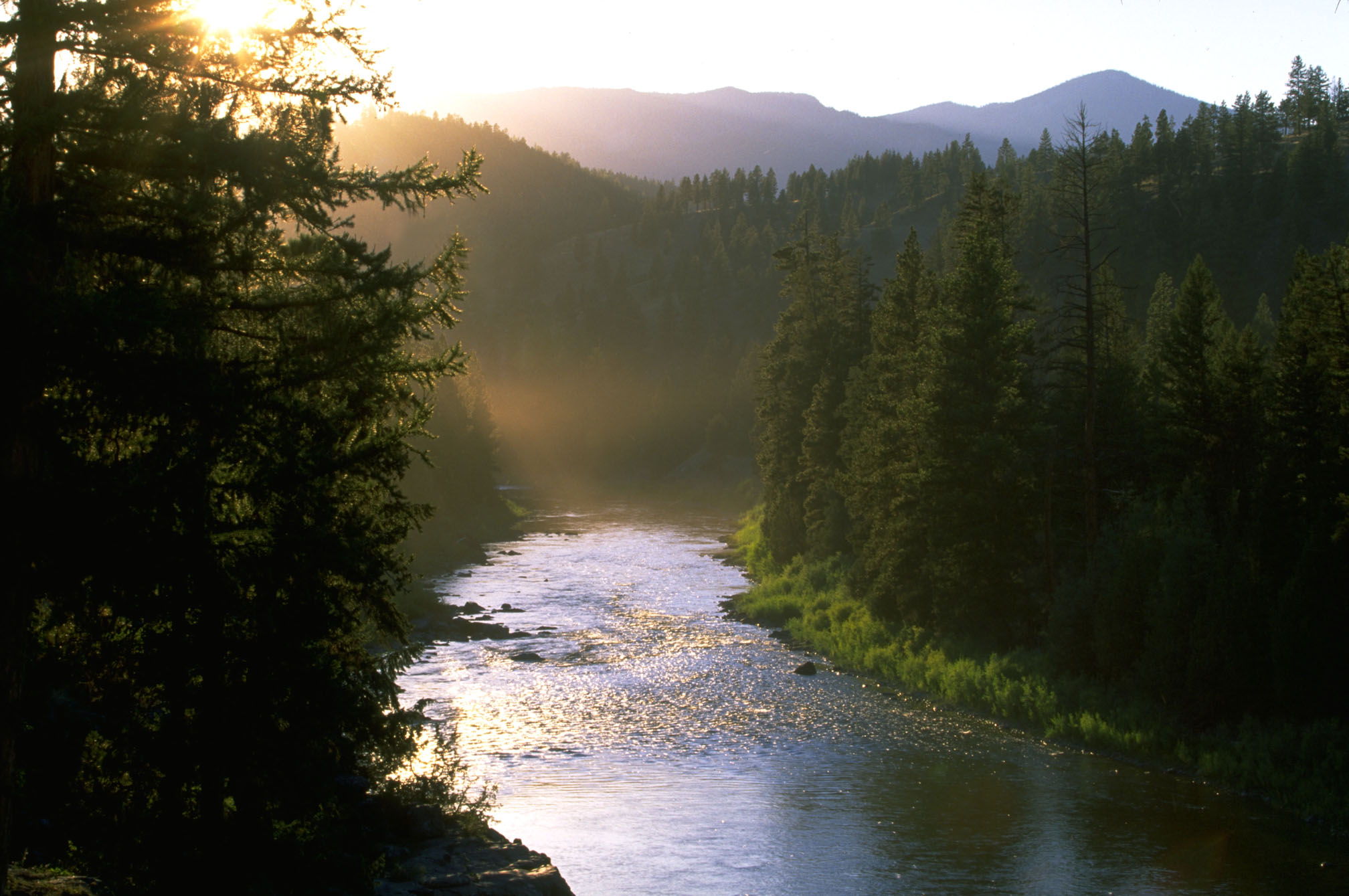Stay Informed
River news you can use! Get the latest updates on restoration projects, learn about all the ways we protect the river, and be the first to hear about events!
Riffles, our printed newsletter
We print and mail Riffles to our members, delivering the news you need to know about the Clark Fork watershed. One of many benefits of membership!
e-Newsletter
Keep up with the Clark Fork Coalition! Sign-up for our e-newsletter.
Follow us on these platforms
Listen to “Toxic: The Mess at Smurfit-Stone”

Looking for other reports or publications?
We have a full catalog of newsletters, planning documents, reports, guides, and brochures.

